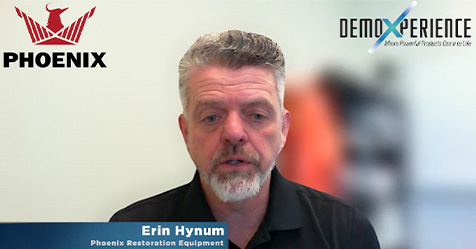Batteries for cellular devices and our reliance on them have drastically changed since the protype for the first modern cell phone was developed in the late 1970s. “These phones looked nothing like the sleek, tiny flip phones and smart phones we have today and could only run for 30 minutes without the cell phone battery needing a charge,” says an article on the history of batteries by charger company ChargeTech. “Plus, that short-lived battery took a full 10 hours to recharge! Compare that to today when you can charge your phone via a home electric socket, the charging socket in your car, or even via a USB charge with your computer, in just a few minutes.”
While it’s easy to look at the modern mobile device as an example of how battery technology has changed throughout the years, the battery and charging industry has grown to be much more wide-reaching than this. Think about the number of batteries many of us use just to get through a typical day.
Laptops, electric cars, e-readers, smart watches, fitness trackers—these are all examples of personal devices we use throughout the day that are dependent on batteries. But it doesn’t stop there. Our own industry has even started to rely on enhanced battery power and smart devices to deliver efficient and reliable cleaning services, and according to some representatives in the battery and floor care industries, there is no going back.
“If you think about the tool market, there was a time when battery technology simply couldn’t support the performance demands of the professional market,” says Amanda Sloan, vice president of cordless product marketing for TTI Floor Care North America. “The introduction of lithium ion gave cordless tools enough power and fade-free performance to meet the needs of maintenance and construction professionals. Now you have employees who have always used cordless tools on the job; they have little or no experience with the corded version.”
From cordless vacuums to autonomous floor scrubbers, batteries are working hard behind the scenes to keep your cleaning equipment going and going strong. Here are several points to keep in mind the next time you’re working with cleaning equipment that requires battery operation.
Batteries are now packing more power in smaller packages.
“As batteries become more powerful and compact, manufacturers can offer better performance with lighter weight batteries,” Sloan says. This is key for cleaning teams who are trying to get more bang for their buck and leverage their equipment to help increase productivity.
For equipment like a backpack or cordless vacuum, maximizing the amount of time a battery can operate on a single charge without losing steam is a priority, as it allows cleaners to effectively cover more ground without having to stop to swap out batteries or recharge. Having lighter equipment can also help with mobility. “Janitorial programs can assume the more battery technology advances, the more efficient battery-powered cleaning equipment will become,” says Lacy Schmidt, marketing manager for ProTeam, Inc.
Your charger is just as important as your battery.
Chargers that are made for cleaning and other type of high-impact, material handling equipment need to be durable and able to withstand harsh environments in order to keep their technology protected and working properly. “Floor care machines are exposed to water, dirt, dust, and cleaning chemicals, so it is critical for original equipment manufacturers (OEMs) to design equipment that will keep these external particles out and keep the battery charger protected,” says Nikhil Iyer, Product Manager at Delta-Q Technologies.
Batteries are not universal.
Picking the cheapest battery may cost you in the long term. If price is the deciding factor, you may find yourself purchasing a hybrid battery that isn’t a good fit for your equipment, says Donald E. Wallace, chief marketing officer and executive vice president for U.S. Battery. With the wrong battery powering your equipment, you may end up shortchanging yourself on the number of cycles you get, since it’s not exclusively intended for cleaning equipment. “While the size will be the same and it will work in the machine, most hybrid types are not designed for deep cycle use and will not provide the user with high life cycles.” At the same time, ensuring the battery—especially if it’s lithium—is compatible with the equipment is important for safety measures.
Charging technology will continue to develop.
In addition to lighter weight, more powerful, and more durable batteries and chargers, batteries that allow for rigid plug-in schedules are also coming into play. Some conventional batteries for floor care machines require a slow charge with little current during an extended period of time; however, advanced battery chemistry is allowing for more on-demand charging. Charging pads—or inductive charging stations—are another technology feature that can be helpful for floor care operators, as they eliminate the need to remove the battery from the piece of machinery, promoting both efficiency and safety.
The battery and charging industry is developing at a rapid pace, so much so, Tim Wittig, national sales manager from Enersys, compared it to the speed of the cell phone industry. While both floor care and battery technologies continue to advance and more choices become available to facility service providers, it’s important to remember, as Wittig says, your equipment “is only as good as the power you put into it.”



